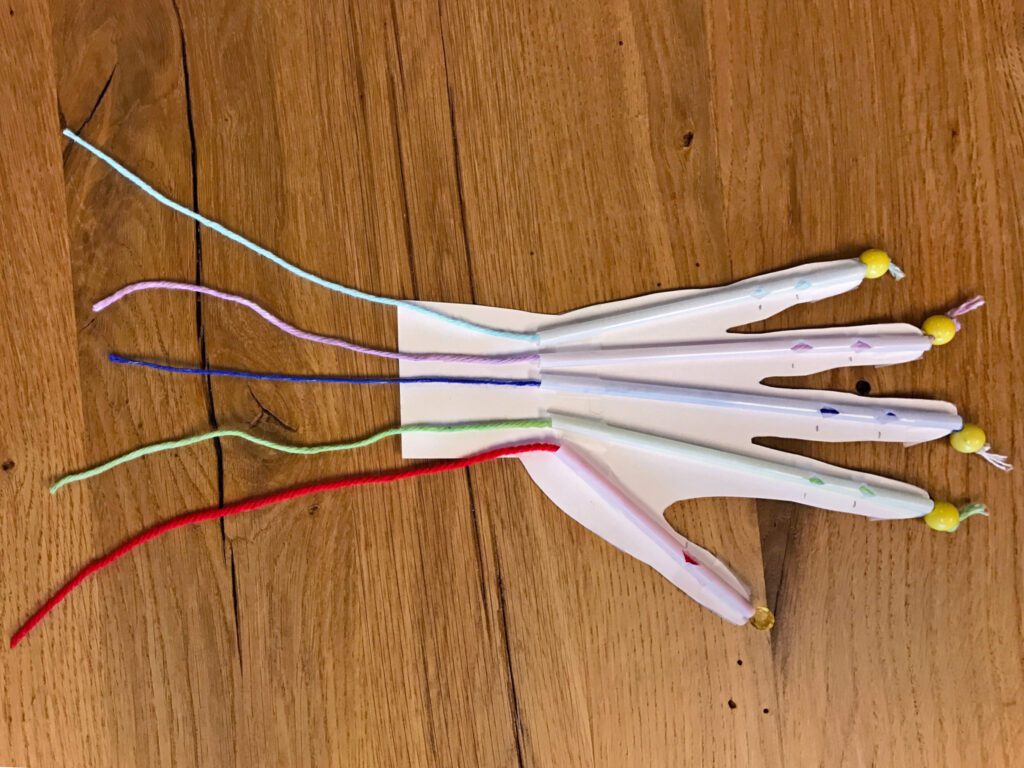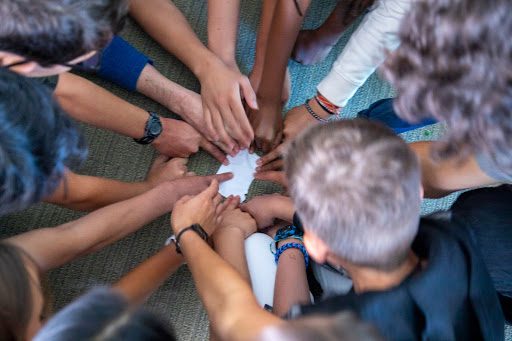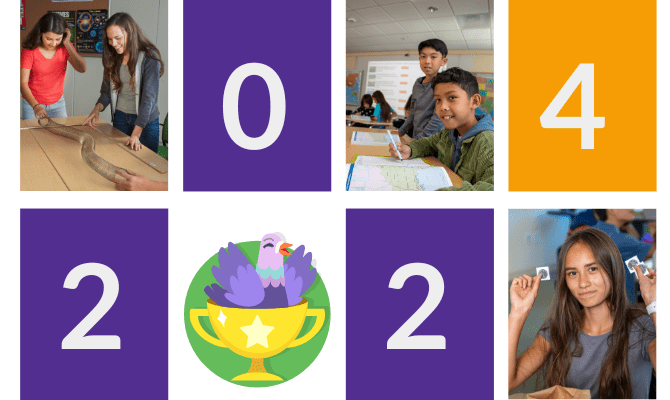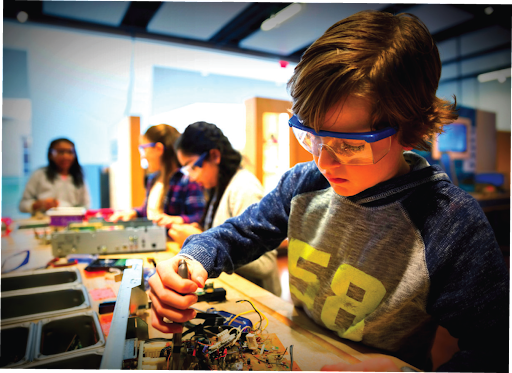
Build student interest in engineering with Engineering Challenges in TCI’s Bring Science Alive! programs for elementary and middle school. Through these challenges, students take charge of their learning and work in teams to develop solutions to real-world problems, just like engineers do.
Bring Science Alive! units mix hands-on science investigations with Engineering Challenges. Students use the engineering design process to refine and improve their solutions while putting their science knowledge to work. Engineering Challenges include the same support as other lessons, including reading, vocabulary development, and assessments. Let’s explore some examples for elementary and middle school.
Engineering in Elementary School Science
In our fourth-grade program, students use their knowledge of energy and circuits to solve a problem: Someone has been stealing your brother’s lunch. To keep others out of the lunchbox, students become engineers to design a lunchbox alarm.
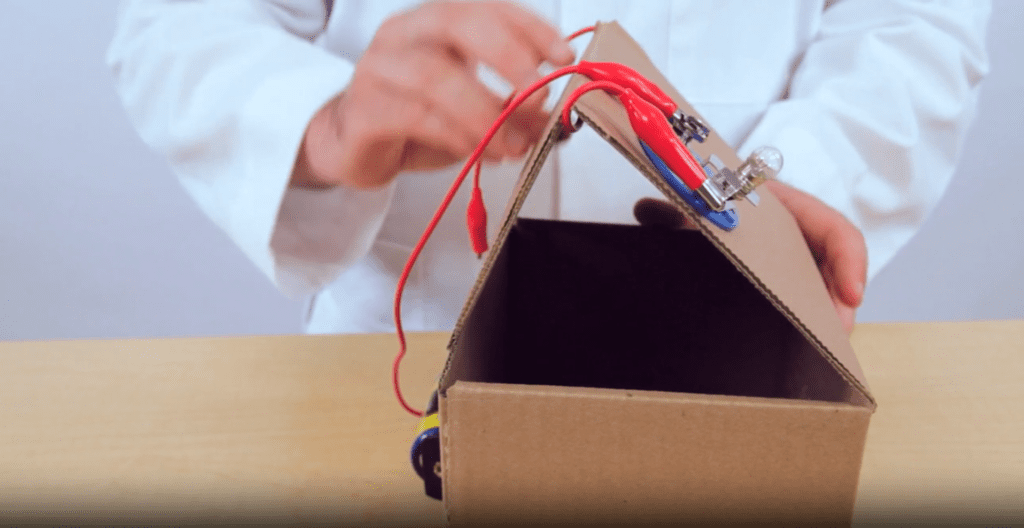
After being presented with the challenge, students start engineering. The lesson guides them through the engineering design process as they work together to build a lunchbox alarm:
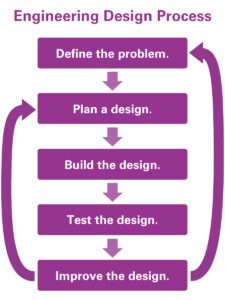
- Define the problem. Students begin by understanding the problem. They discuss how an alarm can warn someone if their lunchbox is open. They also examine how the alarm can use stored energy to produce light, sound, or motion. Through this discussion, each group comes up with a list of criteria and constraints for the lunchbox alarm.
- Plan a design. Students work in engineering teams to brainstorm solutions that match their criteria and constraints. TCI’s material kits provide batteries, lightbulbs, and other items for the activity. Each group can experiment with the materials as they develop their design. When the group agrees on a solution, they create a diagram of the lunchbox alarm.
- Build the design. Following their design and using the materials from the kit, students build the lunchbox alarm. If their circuits do not work, they can return to their design and make adjustments.
- Test the design. Each group passes their lunchbox to another group, and they try to open the box without tripping the alarm. After testing the alarm, the groups share their findings and discuss their observations.
- Improve the design. Based on the test results, groups discuss ways to improve their design. They consider the criteria and constraints they developed and consider revising them.
- Present the design. Communication and sharing findings is an important part of engineering. Students have the opportunity to present their alarms to the class, explaining any changes made to the design during the process.
Engineering in Middle School Science
In Bring Science Alive! Cells and Genetics, students use their knowledge of interacting body systems to design a prosthetic hand.
After being presented with the challenge, students take charge and work on designing solutions. The lesson guides them through the engineering design process:
- Define the problem. Students begin by understanding the problem. They study the hand’s anatomy to learn about the underlying body systems that help it function. They then define an engineering goal that incorporates one of the functions of the human hand and identify criteria and constraints of the design.
- Plan a design. Students work in engineering teams to brainstorm solutions that match their criteria and constraints. TCI’s material kits provide gloves, straws, cardboard, and other items for the activity. Each group can experiment with the materials as they develop their design. When the group agrees on a solution, they create a diagram of the prosthetic hand.
- Develop possible solutions. Following their design and using the materials from the kit, students build a prototype. If their prototype does not work, they can return to their design and make adjustments. Along the way, they note how their prosthetic hand mimics the structure or function of a real hand.
- Optimize the design solution. All students participate in an “engineering forum” where they create a diagram and share information about their prosthetic hand design. They then review the designs for other engineers, noting solutions and strategies they can use to improve their own prosthetic hands.
With TCI’s engineering challenges for elementary and middle school students, you can build a strong science foundation for students and help them develop a lifelong love of engineering.
